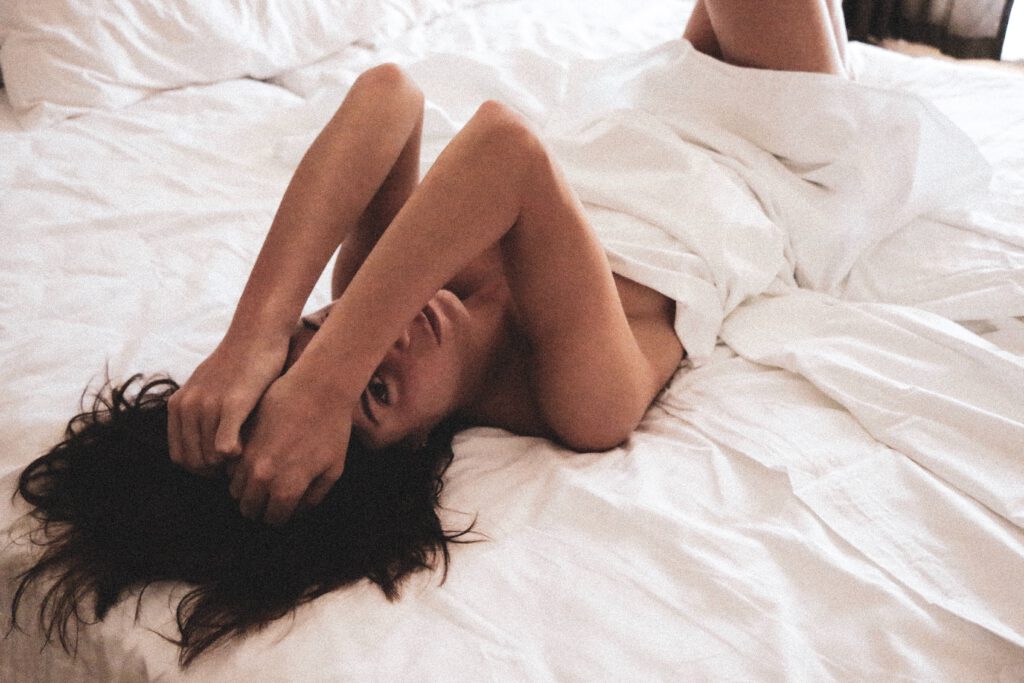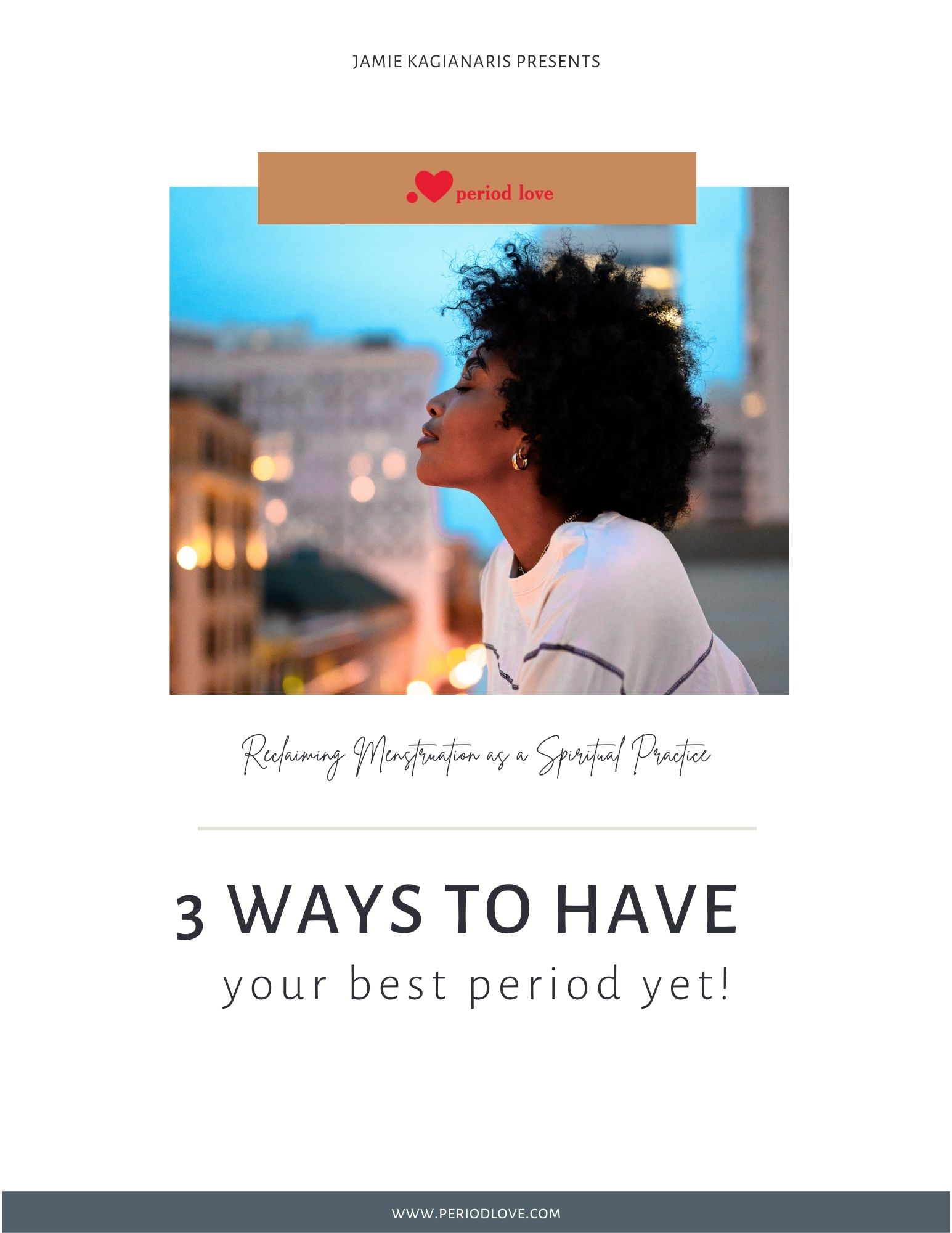Cycles & Sexual Desire-
the surprising data
Have you ever considered that your sexual desire waxes and wanes in accordance with your cycle? For most women, it absolutely does! And typically, your libido increases around the same time each cycle. Throughout history (and even now in menstrual education classes), people have been fascinated by this, and most assume that women’s libido increases during ovulation.
But, according to several studies done over the last 100 years and shared by Psychology Today, that’s not when the majority of women feel the most sexual desire.

The shocking realization
The first study done in 1929 found that women do, in fact, feel a distinct cyclical pattern in sexual desire, and it was noted that for most women in the study pronounced peaks of lust were common right before, and right after, menstruation. It seems that very low levels of desire prevailed around ovulation or menstruation. This has scientists scratching their heads, because why would countless women experience peaks of passion at times when they couldn’t get pregnant?
Results kept secret from women
The next study in 1937 was met with opposition because 1/2 of the 200 women who participated were unmarried. The study was never widely distributed because several heads of medical schools said “it was abnormal for unmarried female students to feel sexual feelings.” Mmm…ok. That wasn’t the case at my University!
And this, ladies and gentlemen, is how medical bias suppresses basic health knowledge about women for decades – ugh.
The study confirmed that the peak of sexual desire for most women in the study was day 8 of their cycle, not day 14 as expected. This was mind boggling data for many because “if sperm can only live for a few days in the vaginal canal, why would maximum desire occur so long before ovulation?”
(Hint: maybe it’s because often women desire sex and don’t always desire the outcome of babies?)
The results continue to baffle, even today
In a 1983 study it was noted that peak desire most often occurred a day or two after menstruation ended, with another peak in passion the day or two before menstruation started again. Many studies since have concluded that “if such a correlation between increased sexual desire and ovulation exists, our data shows it’s not very powerful.”
Whoa!
I have been teaching women that they may notice a spike in libido around ovulation and it turns out, that may not be true for most! And, in fact, when I look back at my cycle charts, that’s not true for me, either!
Such a good reminder that tracking your OWN cycle and listening to your OWN body is the #1 rule when it comes to cycle awareness.
Discover your cycle & sexual desire pattern
If you want to start tracking to see how your unique libido may ebb and flow throughout the month, us this free cycle chart below.

HOW TO CYCLE TRACK:
The first day that you bleed is considered Day 1.(If you don’t know what day of your cycle that you’re on, take a guess. Then start a new sheet when you start to bleed.)
Write down what’s happening in your body:
PHYSICALLY
Acne, bloating, clear skin, lot of energy, tired, noticed slippery discharge,…etc
EMOTIONALLY
Really sad today, felt great today and wanted to be social all day, grumpy…etc
SEXUALLY
Libido really high, couldn’t care less about sex, feeling flirty, etc
Take note of the moon phase, as well. Draw in the moon phase each day in the circle spaces provided. (Can be eye opening to see if the moon phase has an affect on you). Commit to tracking at the same time everyday and collect 3 months of data to compare.Then notice, how does your libido ebb and flow throughout the month, and how might your life change with that information?
Understanding your cycle is nothing short of miraculous, and will open your eyes to patterns of cyclical feelings and desires you never knew were running the show right below the surface.

There’s more to menstruation than what you’ve been told.
Click here to start the journey of reclaiming menstruation as a spiritual practice with the free guide – 3 ways to have your best period yet!
